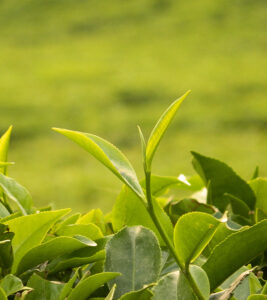
Introduction to Orthodox Tea Manufacturing
Before 1930, tea manufacturing relied solely on the orthodox method, which involved manually rolling and processing tea leaves. This method was time-consuming, labor-intensive, and less efficient, yielding a limited amount of tea from the leaves.
The CTC Revolution
In 1930, William McKercher introduced a groundbreaking innovation: the CTC (Crush, Tear, Curl) machine at Tocklai. This machine revolutionized tea manufacturing by mechanizing the process and increasing efficiency. Although it took some time for the CTC method to gain recognition, it became widely popular after World War II, especially in India.
Popularity of CTC Tea
Today, 75% of India’s tea production consists of CTC tea, with 94% of the tea consumed domestically belonging to this category. The CTC method is preferred for its ability to handle coarser leaves and its production of a stronger brew.
Why CTC?
The key feature of CTC tea is that it produces nearly three times the amount of tea per leaf compared to the orthodox method. It has gained popularity not only for its stronger flavor but also for the ease of manufacturing. The simplicity of the CTC process has made it a staple in the tea industry.
